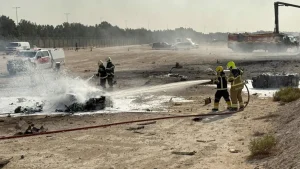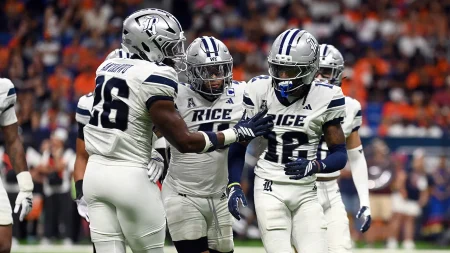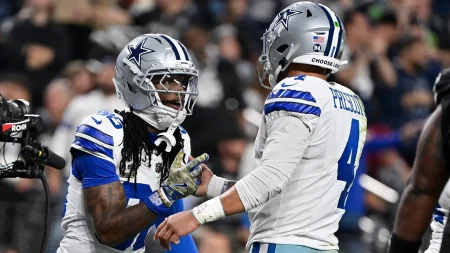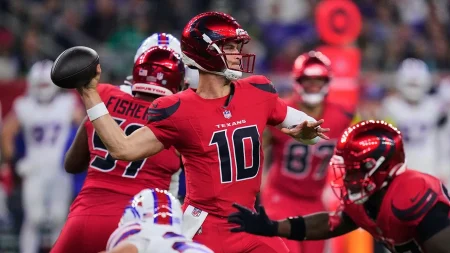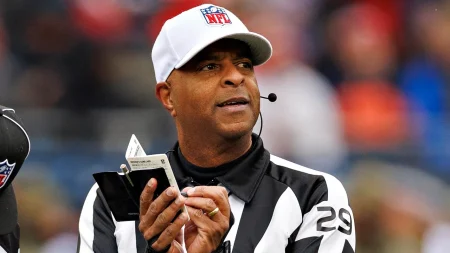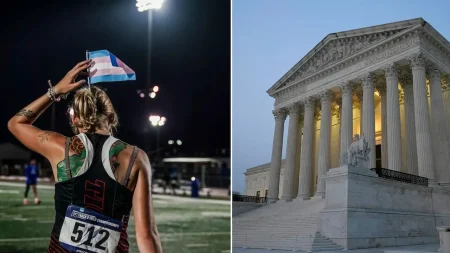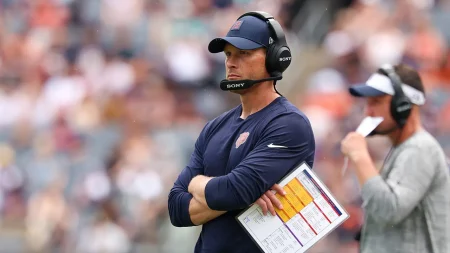The Tragedy at UVA: Christopher Darnell Jones Jr.’s Sentencing and Its Aftermath
In a somber conclusion to one of the University of Virginia’s darkest chapters, former student Christopher Darnell Jones Jr. received the maximum sentence of five life terms plus 23 years for the fatal shooting of three UVA football players in 2022. During his sentencing on Friday, Jones offered a brief but emotional apology to the victims’ families, simply stating, “I’m sorry. I caused so much pain.” This apology came after he had previously pleaded guilty to the murders of D’Sean Perry, Lavel Davis Jr., and Devin Chandler, as well as two counts of aggravated malicious wounding and five counts of using a firearm in the commission of a felony. The tragedy also left teammate Mike Hollins and another student, Marlee Morgan, with serious injuries, forever altering their lives and the UVA community as a whole.
The path that led to this devastating event began in 2018 when Jones joined the UVA football team as a walk-on freshman. Though he never played in an official game and eventually left the team, he remained enrolled at the university. What might have seemed like an ordinary college experience took a dark turn on that fateful day in November 2022. Hours before the shooting, Jones sent an ominous text message to an adult mentor that read, “Tonight I’m either going to hell or jail. I’m sorry.” This chilling message foreshadowed the violence that would soon unfold when students were returning to campus from a school field trip to Washington, D.C., where they had attended a play and had dinner together. As the charter bus approached campus, Jones executed what prosecutors described as a methodical attack, checking each seat until reaching the back of the bus, where he opened fire on his victims.
The shooting triggered immediate panic across the campus of 23,000 students. A 12-hour lockdown ensued as authorities searched for Jones, who had fled the scene. During this time, terrified students huddled in closets and darkened dorm rooms, while others barricaded the doors of the university’s historic academic buildings, fearing for their lives. The community held its collective breath until Jones was finally captured, but by then, the irreversible damage had been done. Three promising young men had lost their lives, two others were seriously wounded, and an entire university community was left to grapple with shock, grief, and the haunting question of how such violence could have erupted in their midst.
In the aftermath of the shooting, disturbing information came to light regarding potential missed warning signs. University officials acknowledged that Jones had previously been on the radar of the school’s threat assessment team. This revelation prompted university leaders to request an outside review of the institution’s safety policies and procedures, its response to the violence, and its prior efforts to assess the potential threat posed by Jones. The review would eventually expose significant gaps in the university’s threat assessment protocols and raise serious questions about whether the tragedy could have been prevented had different actions been taken. These findings highlighted the critical importance of comprehensive threat assessment systems in educational institutions and the potentially devastating consequences when such systems fail.
The legal proceedings eventually culminated in a $9 million settlement announced in June 2024, with the university agreeing to compensate the victims and their families. A lawyer representing some of the victims and their families pointed to the university’s failure to remove Jones from campus despite multiple red flags indicated by his erratic and unstable behavior. This settlement, while providing some financial relief to those affected, also represented an implicit acknowledgment of institutional shortcomings in protecting students. Throughout the legal process, heart-wrenching testimony from victims’ family members revealed the profound and lasting impact of the tragedy—parents who would never see their sons graduate, siblings who lost their best friends, and teammates who lost brothers both on and off the field.
As the UVA community continues to heal from this tragedy, the case serves as a sobering reminder of the importance of mental health awareness, effective threat assessment protocols, and prompt intervention when concerning behaviors are identified. The lives of D’Sean Perry, Lavel Davis Jr., and Devin Chandler—young men with promising futures—were cut tragically short, leaving a void that can never truly be filled. Their memory lives on through scholarships established in their names, annual memorial events, and in the hearts of those who knew them. Meanwhile, survivors Mike Hollins and Marlee Morgan continue their difficult journey of physical and emotional recovery. For the University of Virginia, the healing process involves not only remembering those lost but also implementing meaningful changes to ensure such a tragedy never occurs again on their campus or any other.


